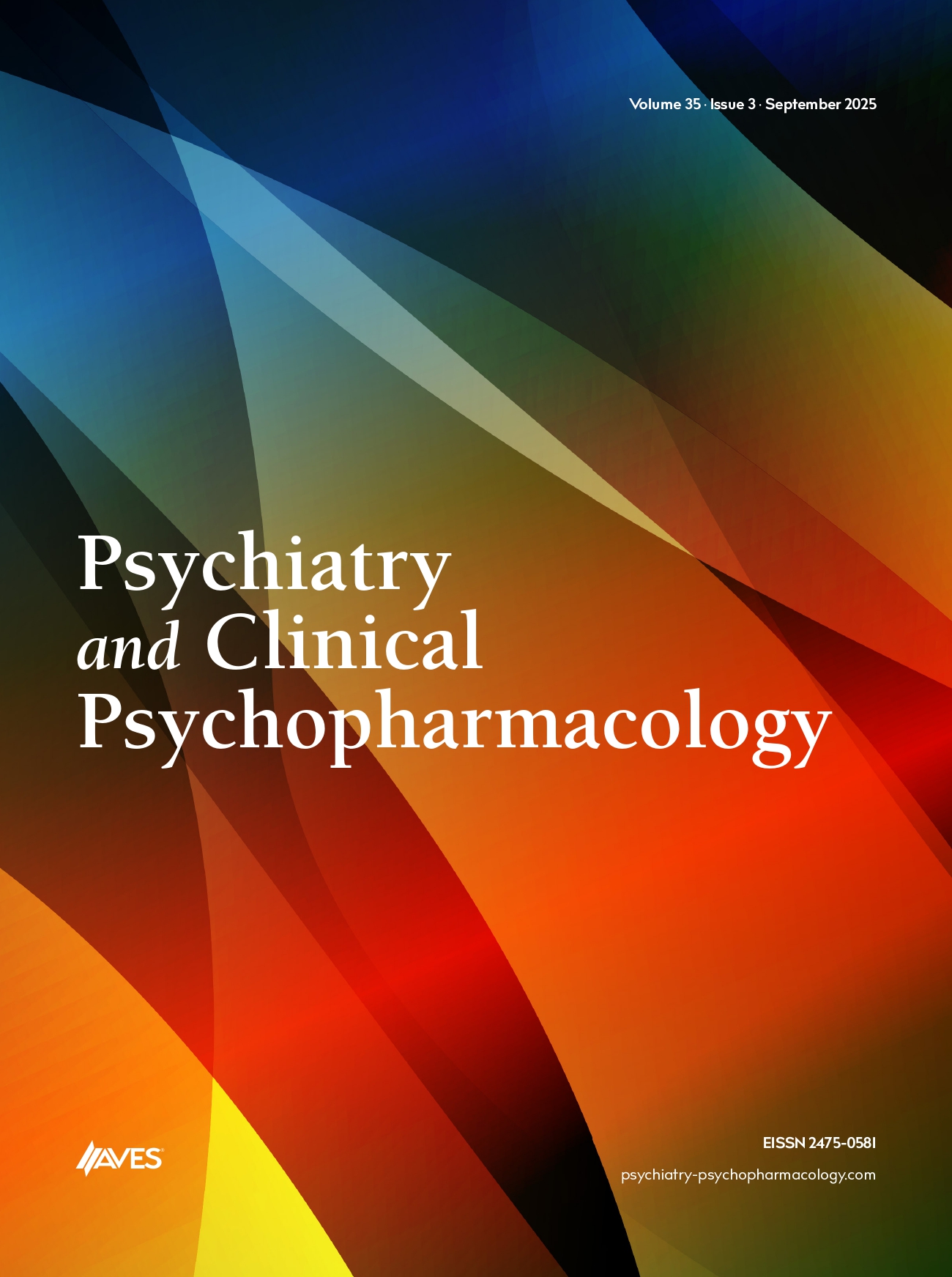Objective: Glioblastoma is the most malicious type of glioma presenting a genetic background via diverse mutations and exhibits differential sensitivity to treatment. Meanwhile, schizophrenia is a heterogeneous disease with a complex etiology. Studies report an elevation in pro-inflammatory cytokines in patients with schizophrenia and changes in biochemical metabolism. In the present study, the tumor spheroid technology is applied to two different glioblastoma lines which resemble schizophrenia manifestation along with the investigation of the potential anti-tumor effect of an atypical antipsychotic drug, risperidone. Our hypothesis built on case reports showing patients with schizophrenia being treated with risperidone that turned out to have glioblastoma in post-mortem evaluation. Risperidone has been suggested to carry therapeutic effects for glioblastoma and elongated lifespan after the diagnosis of cancer.
Materials and Methods: In this current study, 3D models using C6 and U87 glioblastoma cells and monocytes for representing the disease grown as multicellular spheroids were established. Spheroids were treated with the anti-schizophrenic agent risperidone and indicated almost similar results to the clinics suggesting that glioblastoma and schizophrenia share mutual physiological characteristics.
Results: U87 and C6 spheroid systems were analyzed molecularly after the treatment of risperidone where U87 spheroid models were found highly resembling the overall behavior of schizophrenia. This present work correlated the stated two diseases in molecular level to encourage the efforts for personalized medicine.
Conclusion: The anti-tumor effects of risperidone on glioblastoma is not very well established yet. It should not be missed that a picture of schizophrenia in clinics may be the result of an underlying lesion in a specific brain area. Thus, especially schizophrenia patients who may be at risk for developing brain tumors should be further investigated and treated accordingly.
Cite this article as: Sezin Somuncu O, Karaman I, Piril Saracoglu H, Yilmaz E, Akin D. Modeling schizophrenia with glioblastoma cells: In vitro analysis of risperidone treatment on glial spheroids. Psychiatr Clin Psychopharmacol. 2021; 31: 48-59.


.png)
.png)